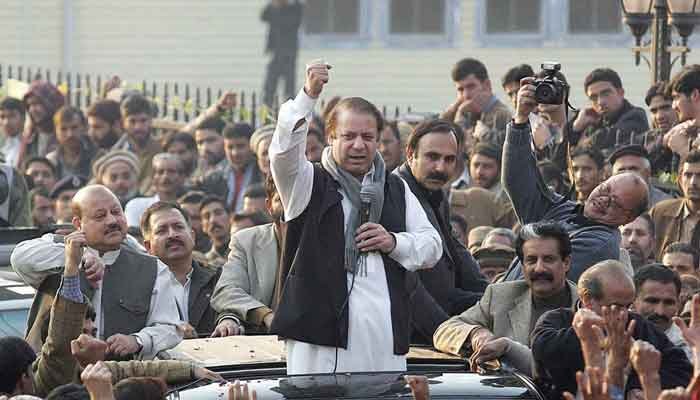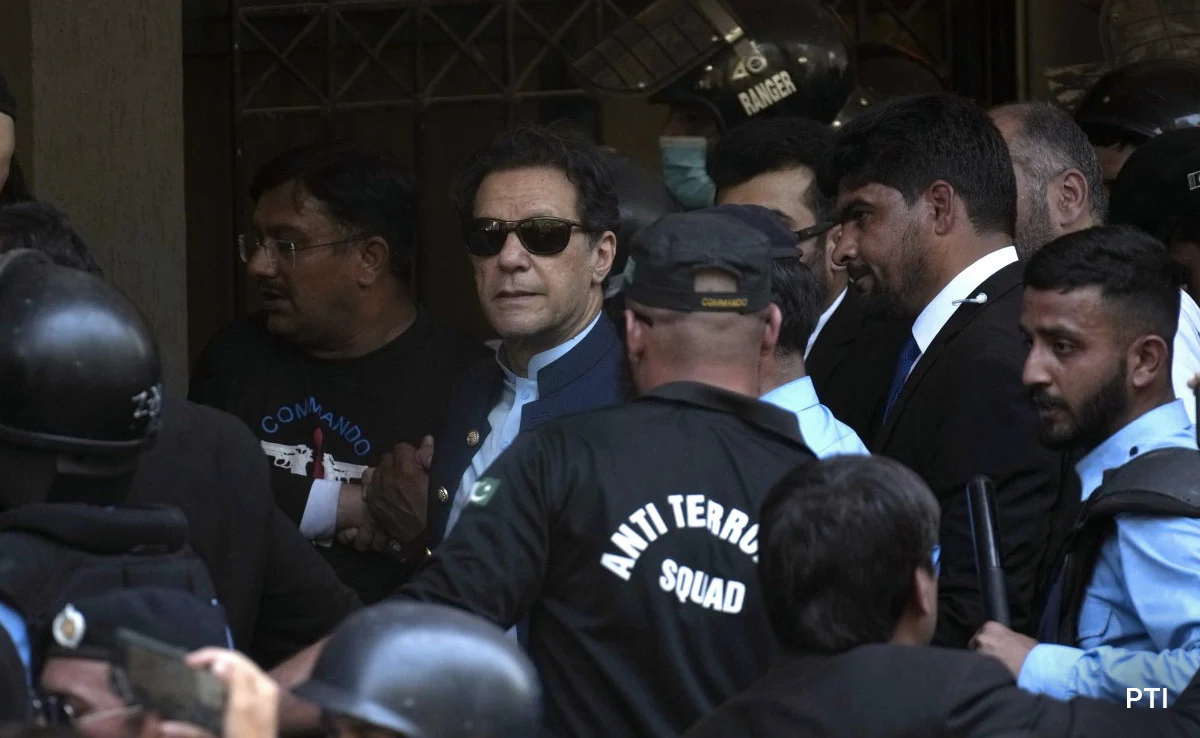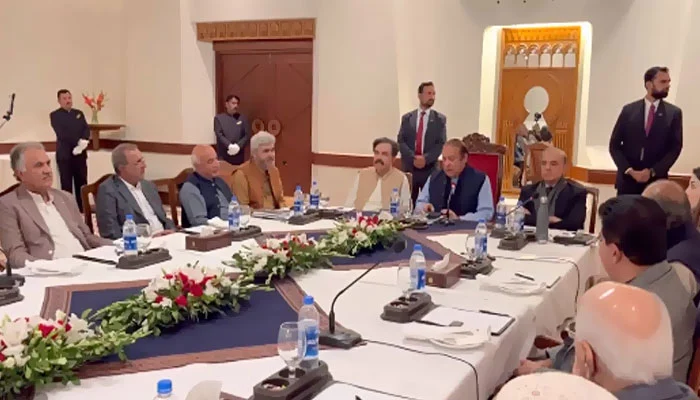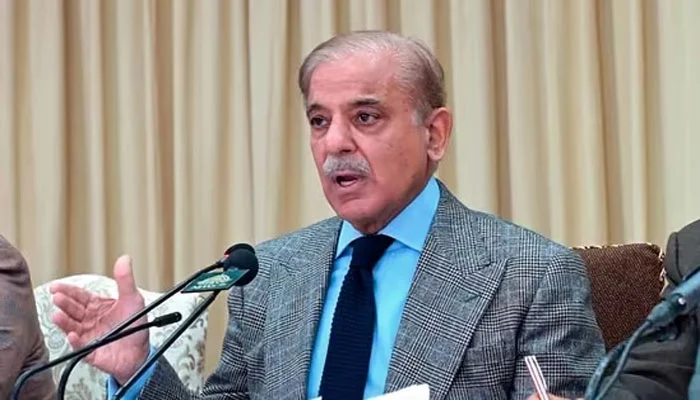After Nawaz Sharif’s return to the country, the political landscape in Pakistan has witnessed a noticeable shift in the popularity dynamics between the Pakistan Tehreek-e-Insaf (PTI) and the Pakistan Muslim League-Nawaz (PML-N). This transformation is significant, considering the current scenario is reminiscent of the lead-up to the 2018 elections, even though general elections are still a month away.
Despite the absence of an official election campaign, recent surveys indicate that if PTI decides to contest the elections with its existing symbol, the competition could prove to be challenging. Notably, the traditional and social media have played a crucial role in reshaping public perception, with the PML-N reclaiming lost ground, even in Khyber Pakhtunkhwa.
According to Gallup Pakistan’s recent survey conducted between December 15 and January 7, the PML-N’s popularity has risen by 15% in Lahore compared to a week before Nawaz Sharif’s arrival. However, the margin has narrowed, reducing to 4% by mid-January, reflecting a gradual convergence in public opinion.
The survey, encompassing the views of five thousand respondents across the nation, revealed that those inclined to vote for PTI expressed their preference due to loyalty towards the ‘Balla’ symbol. Notably, the survey focused on the Punjab region.
In the three major regions of South, Central, and West Punjab, where the popularity difference is almost negligible, hovering around one to two percent, the survey underscores the challenge for both parties. Considering the respondents also accounted for a margin of error of two to three percent, the difference becomes statistically insignificant.
However, in Northern Punjab, particularly in the Rawalpindi region, PTI holds a popularity advantage of 10% over PML-N. This region, often referred to as the ‘Marshal Belt,’ derives its name from the significant number of military personnel and their families residing there.
The prevailing sentiment is that voters in this region, including military, serving, and retired personnel, maintain a substantial allegiance to their institutions, a fact supported by a survey conducted a few months ago.
While the survey suggests a delicate balance of opinion in this region, PTI’s popularity remains higher. The electoral strategy, especially in selecting strong candidates, becomes crucial in determining the outcome.
Tariq Junaid, Executive Director of the Institute of Public Opinion Research (IPOR), indicates that the seats won by PML-N in 2018 are likely to remain relatively stable. The organization is currently conducting surveys in collaboration with both parties to identify the most promising candidates for the upcoming elections.
Bilal Gilani, Executive Director of Gallup Pakistan, acknowledges the existing challenges for PTI in the current landscape. He emphasizes that the current popularity level may not translate into an electoral win, especially with a month left until the elections, and highlights the almost equal vote share between the two major parties in the 2018 elections, a balance disrupted by the inclusion of Southern Punjab’s electorates in the equation.



